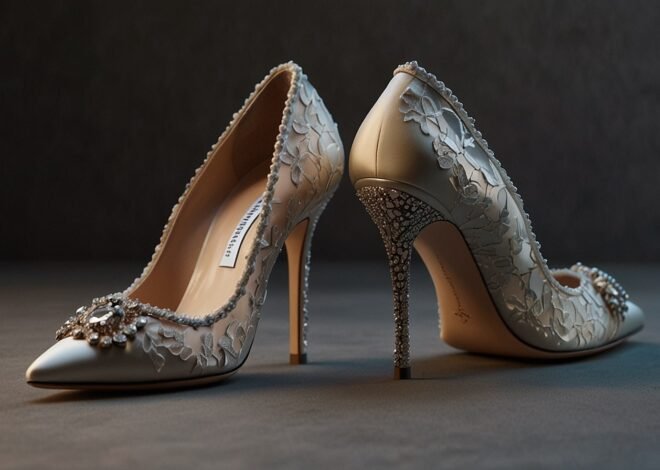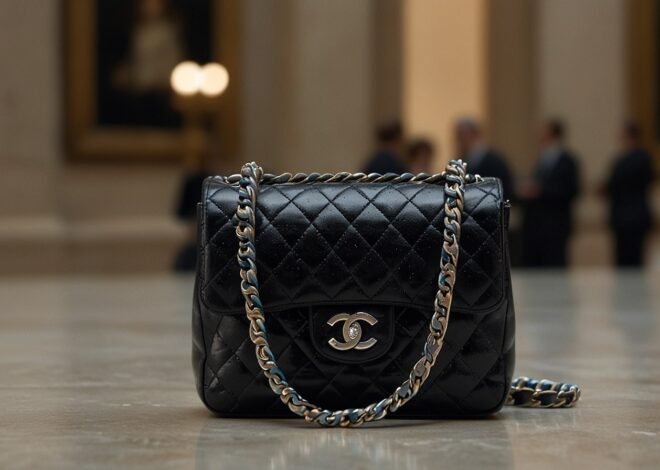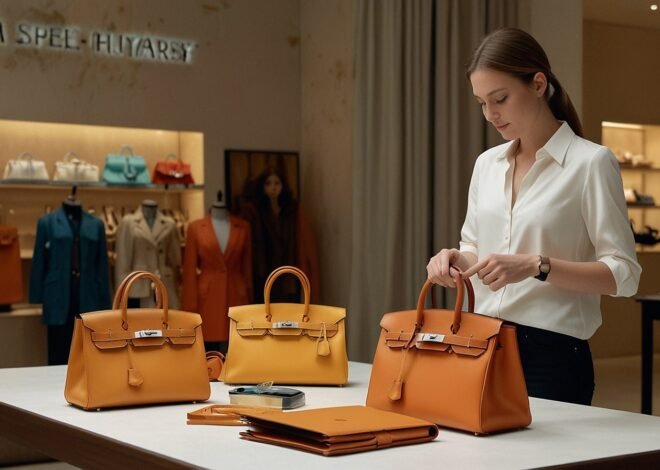
Men’s Luxury Market in 2027 Embraces Digital Innovation and Personalization
The men’s luxury items market in 2027 is expected to be a different one, shaped by digital transformation and the change in consumer values. As richer men move to online channels more and more, e-commerce sales in the sector are increasing, with forecasts stating that almost one in five luxury purchases will be made online.
The change is not just a matter of convenience; it is also a reflection of a more widespread desire for seamless, personal shopping experiences that are a combination of exclusivity and accessibility.
Brands are turning to digital means by investing a lot in digital infrastructure. For luxury websites, it has become standard to include high-resolution imagery, virtual showrooms, where clients may experience the environment as if they were physically present, and AI-empowered personalized recommendations. The latter have been developed to correspond to a client base that anticipates and requires seamless online interactions.
The concept of personalization is becoming the forerunner in the men’s luxury sector. On the one hand, consumers more so expect the products to be in line with their individual preferences and the experiences to be customized so that they are consistent with their unique tastes and adaptation to lifestyle.
In the process, brands are using data to stay aware of customers’ preferences, suggest the most relevant items, offer tailored choices, and, even more, arrange virtual meetings with style consultants. This strategic approach not only upgrades customer loyalty but also helps a particular group feel like they are part of an even more exclusive group.
Male customers who belong to the high-income bracket are becoming increasingly interested in sustainable and transparent products. An expectation of brands showing ethical sourcing, responsible manufacturing, and eco-friendly practices is gaining ground among consumers.
Fashion houses are producing clothes using materials from sustainable sources, releasing only a limited number of items that contain eco-friendly materials, and sometimes offering repair services for these items, which enable people to continue using them for a longer time.
All these steps make it still possible to be a part of a consumer culture that is more sustainable, less wasteful, but is not in any way less extravagant or expensive. The social values reflected in these consumer actions correspond to conscious consumption, i.e., where the goods people buy are both of high quality and contribute to the protection of the environment.
The growth potential of the luxury market remains high, although the trajectory is now more moderate than that of previous years. The analysts provide a forecast of the annual increase in the range from one to three percent by 2027, with the main contribution coming from the U.S. in terms of global luxury spending.
The expansion rate is expected to be higher for the number of goods sold against price increases, indicating a sales growth avenue that focuses on new customers’ marketing and purchasing more frequently from existing ones. With the above, thus, the strategy is meant to include customers.
Men’s leather goods and jewelry are predicted to be the most rapidly growing sectors in the luxury segment. The products in this category owe their growth to the fact that they are traditional symbols of personal accomplishment and material wealth.
Watches, for instance, are keeping the interest of fans who thrive on limited or heritage editions and are willing to pay a very high price for these. Craftsmanship and the idea of timeless design will, apparently, never become obsolete despite the rising and continuous digital revolution in trade.
The ultra-rich status that has accumulated due to the wealth of the small part represented by HNWI has always been the one to drive the most spending in the luxury industry. However, signs suggest that this demographic is becoming more selective, and given that some may be considering a more significant allocation of their resources to experiences and investments beyond personal goods.
This new way of thinking prompts the brands to generate products that unify both the materialistic and the intangible aspects of luxury, such as preferred entry to social events, private, tailor-made events, and services delivered in person.
2027 brings a lot of exciting things to the table, and one of them is the growth of the second-hand market. There is a shift in the way men tend to choose luxury items as they seem to be increasingly interested in second-hand items, due to the desire for uniqueness, cost-effectiveness, and sustainability.
In fact, e-commerce platforms that are focusing on reliable and tested second-hand products are thriving, but the issue of counterfeiting and lack of trust is still there. Resale marketplaces are encouraged by brands to run, and they are also doing their own certified pre-owned programs to keep their customers’ trust and protect their brand image.
The influence of social media and influencer marketing on the buying habits of men in the luxury market has kept growing. Since the customers are increasingly interested in what the brands would do together with influencers and stars in order to make new releases exciting, the brands have also become very resourceful, and they are responding to the consumers’ desire for classic, yet innovative products.
The element of storytelling, both visual and narrative, acts as the most impactful factor when it comes to customer participation in the digital world, thereby enhancing brand desirability.
Mobile optimization is a key requirement for all luxury brands focusing on the male customer segment, rather than being an optional feature as it was in the past.
With a considerable portion of product searches and purchases now happening on smartphones, it is essential for websites to be compact, have fast load times, and user-friendly navigation, while the quality of the content needs to remain the same, even when adapted for mobile screens.
A mobile-first approach to design makes sure that the whole experience of luxury shopping remains consistent across all devices, which only helps in satisfying the young, dynamic, and tech-savvy consumers even more.
The international field is clearly open for those looking for new business abroad, and many of the regions, like Japan, the Middle East, and India, for example, can serve as great locations for this. Countries like Japan, the Middle East, and India have seen a sudden growth.
What drives the growth in those countries in particular is the rise of the middle population class, and thus the increase in the demand for international luxury brands. Brands are catering to the same group of individuals who belong to different cultures and speak different languages by creating unique marketing content.
Implementing high-level SEO solutions is a must for brand exposure and for the acquisition of large-scale clients in the growing online market. To assure a more robust web page, Enterprises are altering product descriptions, using structured data, and forming the basis for authoritative content clusters.
In line with this, rich snippets and schema markup educate the visitor and make the product’s attributes look more appealing, thus, a higher click-through rate and niche establishment in search engine results as a result.
Nowadays, voice search and personalized AI are affecting men’s shopping behavior and brand loyalty. Responding to the trend, businesses are taking the initiative to do this by providing instant feedback through their support pages and asking the users for their recommendations.
The use of chatbots and voice assistants on the website gives users a sense of proximity. Apart from user support, relaying recommendations, the experience is further enhanced. Chatbots can offer solutions to problems and provide knowledge on making a purchase, while also maintaining customer engagement throughout the journey.
2027 brings us to the point where exclusivity is no longer what it was. Besides conventional methods like inviting designated customers to enjoy special editions or exclusive events, new innovative concepts are becoming increasingly popular in the form of digital locationality and gated communities.
Brands are using high-tech tools to control and manage the visibility of their content. The advanced technical controls prohibit entrance to the secret vault of VIP collections and private sales to only those customers who are registered and verified.
The reality of the situation sees us embracing the fact that poor condition valuation and luxury services are merging. For that, they offer assurance of quality and sustainability through their lifetime warranties, on-demand repairs, and restoration services. In essence, these services not only prolong the usefulness of luxury items but are, more importantly, strong enough to even increase customer loyalty and brand affinity.
With the transformation of the men’s luxury market, the deciding factor between traditional and innovation plays a great role in shaping the industry’s future.
Those companies that can fully integrate the legacy of traditional craftsmanship with the latest technology, personalization, and sustainability will likely be the most successful in the future. The constant search for high quality, not only virtually but also in reality, still stands as the most authentic brand of luxury.


